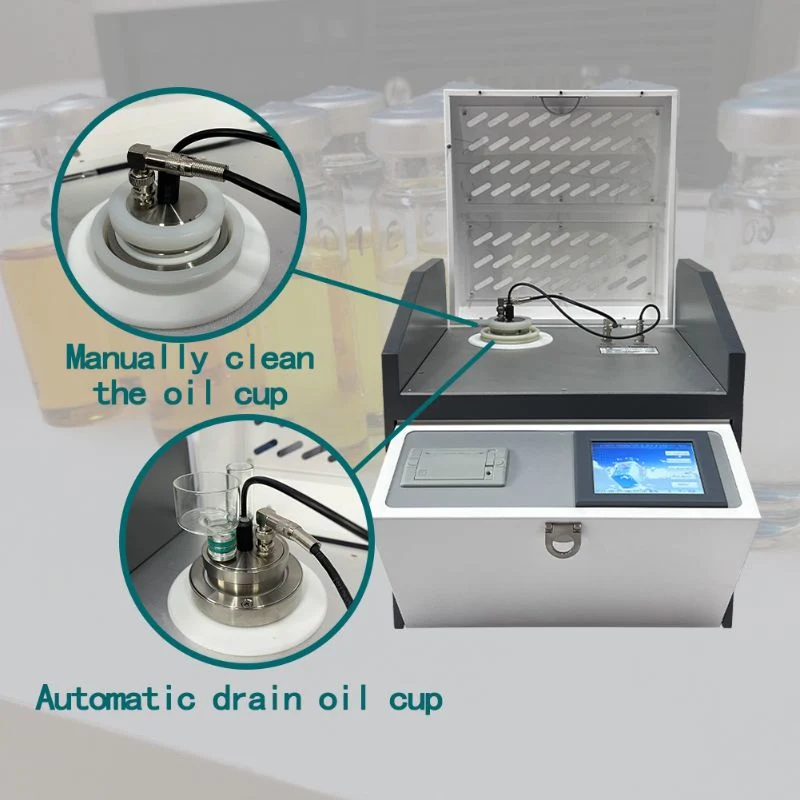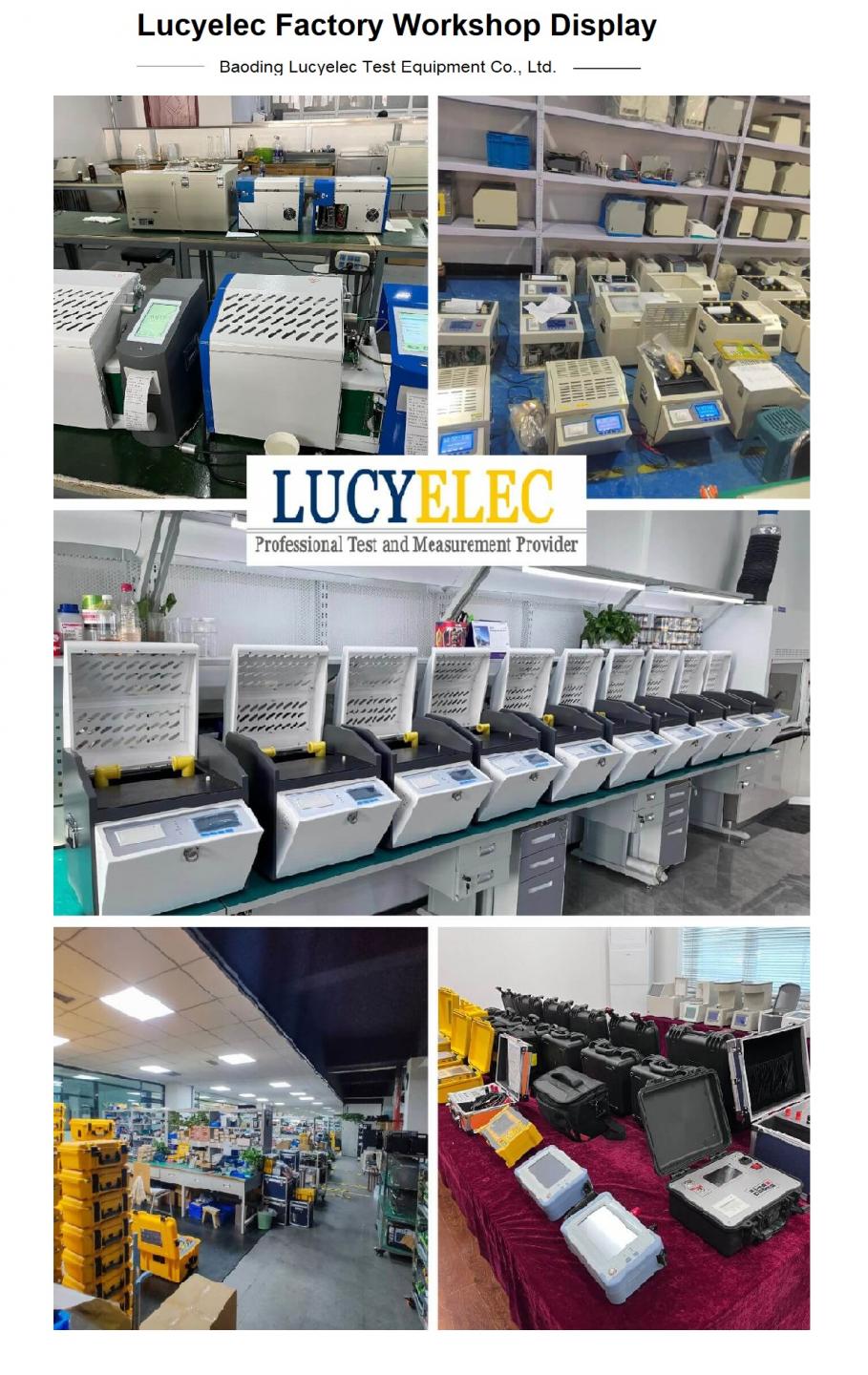What is the Tan Delta of Transformer Oil
Tan Delta, also known as the loss angle tangent, is the ratio of the active current component to the reactive current component in insulating materials, reflecting the dielectric loss of the insulation. Simply put, the smaller the tan δ value, the lower the dielectric loss of the insulating material, and the better its insulation performance. By measuring the tan δ value, the aging degree and moisture condition of the transformer’s insulation materials can be evaluated, allowing for the early detection of potential insulation failures. Below, we will analyze the classifications of tan delta and its measurement principles in detail.
The tan delta of Mineral insulating oils are essential in ensuring the safe and reliable operation of electrical equipment (OLTC).The quality of these fluids is critical, as the oil performs insulation and cooling functions. During maintenance and monitoring procedures, the dielectric dissipation factor (DDF) increase in this value can indicate a degradation of the oil quality or the presence of contaminants. In this case, an unusually high DDF value alerted the analysis team and raised the suspicion that the oil was contaminated or in the process of degradation.
Here in Lucyelec, we can supply you high precision Automatic Insulating Oil Tan Delta and Resistivity Tester
Please focus on Lucyelec for more details.

Thanks for visiting our website. Lucyelec main products are Insulating oil tester, Transformer test sets, HV Hipot tester, Switchgear analyzer, Relay test sets, Energy meter calibrator, Cable fault locator, Battery tester, and Safety Tools Test Equipment. Lucyelec products are widely used in electric power, wind solar new energy, petroleum chemical, railway, construction, and many more fields.
We also accept OEM/ODM orders and outsourcing services.
Striving for diversified test and measurement instruments, professional technical support and experienced export services. Lucyelec sincerely look forward to your cooperation. Let’s Win-win together.
Partner with Lucyelec, please follow our social Medias
PREVIOUS: What’s the Breakdown Voltage of Transformer Oil? NEXT: Happy New Year, Lucyelec Counting Down to 2025

